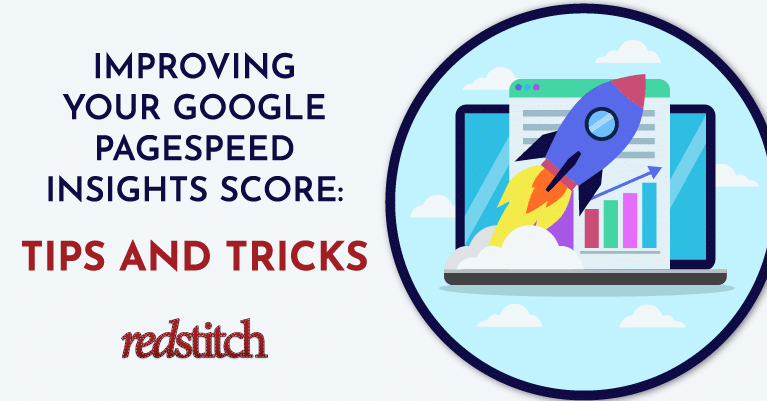As we all sprint forward in this digital era, the need for lightning-fast website speed and performance cannot be overstated. Why? Because they form the driving force behind the ultimate user experience, blazing search engine rankings, and high-octane conversion rates. If you’re a business owner, marketing professional, or website developer looking to gain a competitive edge, this blog post is for you. We’ll delve into the importance of website speed, provide an overview of Google PageSpeed Insights, and share valuable tips and tricks to help you optimize your website for maximum performance. By following this comprehensive guide, you can stay ahead of your competitors and ensure your online presence generates the leads and revenue you desire. So, let’s dive in and start improving your Google PageSpeed Insights score today!
Importance of Website Speed
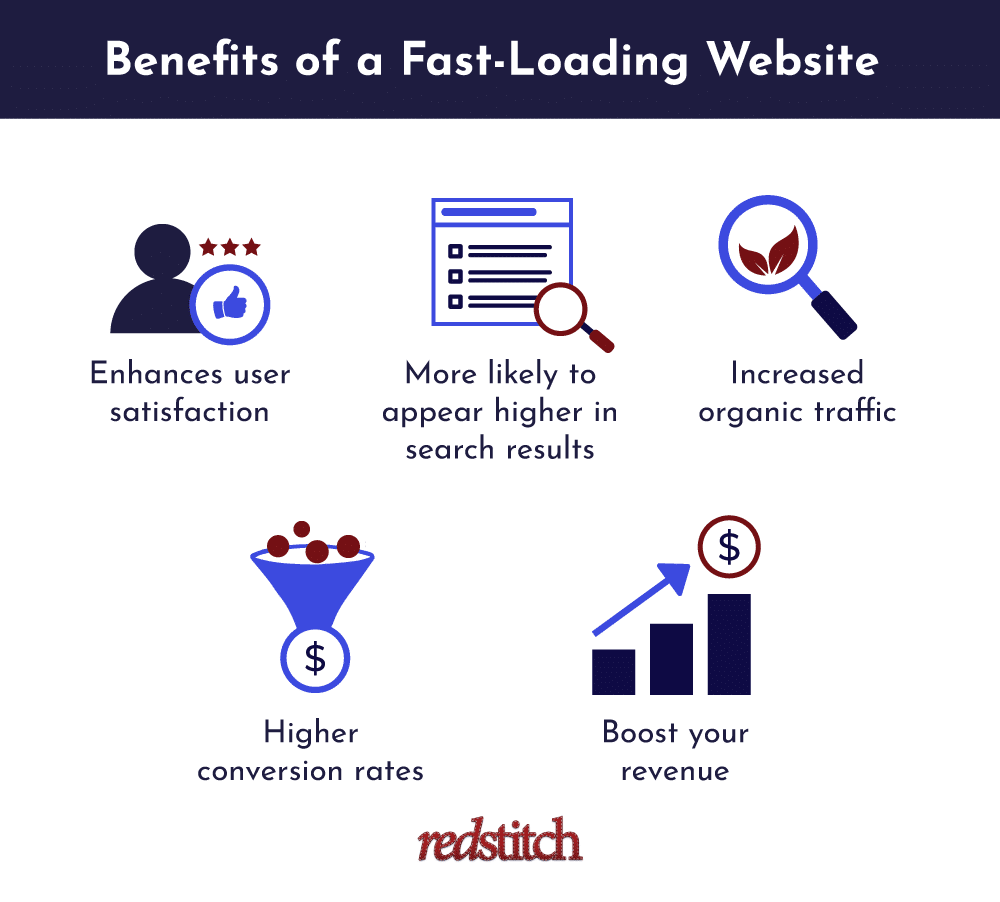
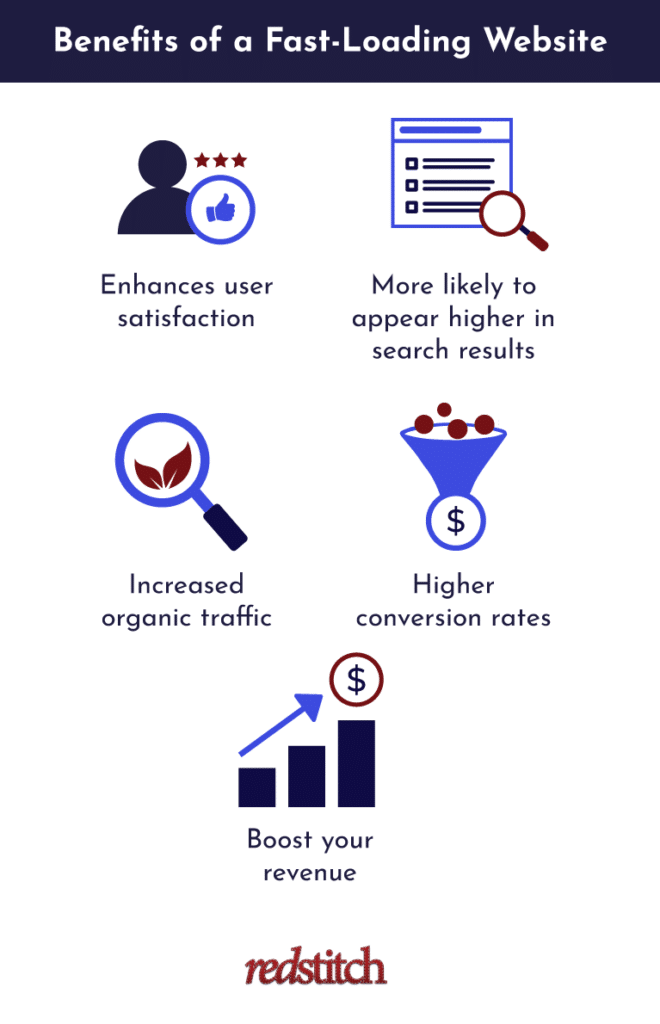
Website speed plays a crucial role in shaping the user experience on your site, as slow-loading pages can lead to frustration and even cause potential customers to abandon your site altogether. A fast-loading website not only enhances user satisfaction but also creates a positive first impression, setting the stage for a long-term relationship with your visitors.
In addition to user experience, website speed has a significant impact on search engine rankings. Google, in particular, considers site speed as a critical ranking factor, meaning that faster websites are more likely to appear higher in search results. This directly translates to increased organic traffic, greater visibility, and more opportunities for lead generation and revenue growth.
Moreover, there is a strong connection between website speed and conversion rates. Faster websites tend to have higher conversion rates, as users are more likely to engage with and complete transactions on a site that offers a seamless browsing experience. By improving your website’s speed, you can effectively boost your revenue and achieve better results in your online marketing efforts.
Overview of Google PageSpeed Insights
Google PageSpeed Insights is a valuable tool designed to help website owners, developers, and marketers evaluate their site’s performance and speed. It offers insights into various aspects of a website’s loading time and provides actionable recommendations for improvements. The tool is especially useful because it analyzes your site’s performance based on both desktop and mobile devices, ensuring a comprehensive understanding of your site’s overall speed.
The scoring system used by Google PageSpeed Insights is based on a scale of 0 to 100, with higher scores indicating better performance. The scores are further categorized into three performance levels:
- Good (90-100)
- Needs Improvement (50-89)
- Poor (0-49)
To provide a thorough analysis, the tool evaluates various metrics, including:
- Largest Contentful Paint (LCP)- website performance metric that measures how long it takes for a website’s largest content element to be displayed within the viewport. This content element can be an image, a video, or a block of text.
- First Input Delay (FID)- website performance metric that measures the time it takes between a user’s first interaction with a web page and the browser’s response. This interaction can be a click on a button or a link, or input into a text field.
- Cumulative Layout Shift (CLS)- website performance metric that measures the unexpected shift of visual elements as a web page loads. CLS primarily captures changes in layout and the interactions of elements on the page. This can be an issue when users try to interact with the page, causing confusion and frustration.
By understanding these metrics and their impact on user experience, you can make informed decisions about optimizing your website’s performance.
Analyzing Your Website Performance
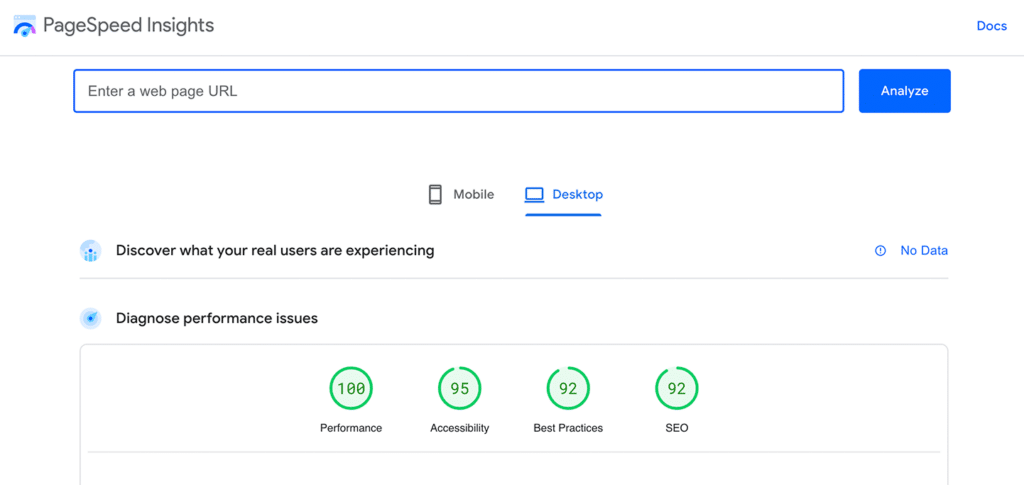
To analyze your website performance, start by running a Google PageSpeed Insights test. This free tool is easily accessible within Google’s Developers Console. Simply enter your website URL and click “Analyze” to generate a report that includes a score out of 100, along with detailed information about the various factors contributing to your site’s performance.
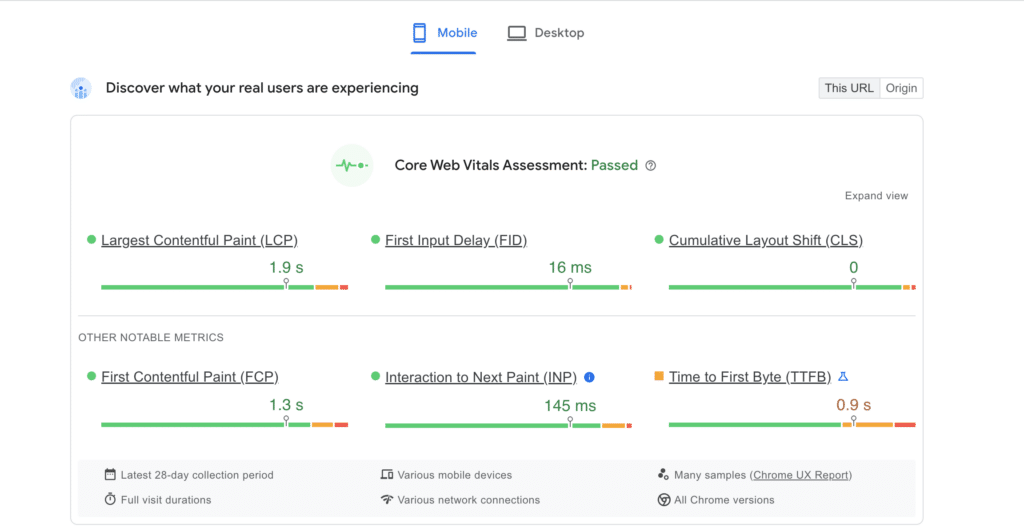
Interpreting the results of your PageSpeed Insights test is crucial for identifying areas where your website can be improved. Pay close attention to the specific suggestions provided, as well as the different metrics such as First Contentful Paint (FCP), Largest Contentful Paint (LCP), and Cumulative Layout Shift (CLS). These metrics will help you understand how quickly your site loads, how long it takes for the main content to be visible, and the stability of your page layout during loading.
Not only does it give you an overall website performance score, but it also provides a comprehensive list of opportunities to improve your website’s performance. Common suggestions include reducing unused CSS, eliminating render-blocking resources, reducing unused JavaScript, and compressing or serving images in next-gen formats. By optimizing these factors, website owners can enhance the website’s performance score, resulting in better overall user experiences, and higher search engine rankings.
It’s also helpful to compare your website’s performance with that of your competitors, as this can give you a better sense of where you stand within your industry. By benchmarking your PageSpeed Insights score against others in your niche, you can identify areas where you might be falling behind and prioritize improvements accordingly.
Tips and Tricks for Improving Your PageSpeed Score
To effectively improve your Google PageSpeed Insights score, it is essential to implement various optimization techniques that target specific areas of your website’s performance. Here are some proven tips and tricks to help you achieve better results.
Optimizing Images and Reducing File Sizes
Optimizing images and reducing file sizes is a critical step toward improving your website’s speed. Large image files can significantly slow down your site, causing longer load times and a poor user experience. You can use compression tools and plugins to optimize your images without compromising their quality and choose the ideal file format, such as JPEG for photographs or PNG for graphics with transparency.
Minifying CSS, JavaScript, and HTML Files
Minifying CSS, JavaScript, and HTML files is another essential optimization technique. This process involves removing unnecessary characters, spaces, and comments from your code to reduce file sizes and improve load times. There are several free minification tools available, such as CSSNano and UglifyJS.
Enabling Browser Caching
Enabling browser caching is an effective way to boost your site’s speed by storing static files on your visitors’ browsers. This allows repeat visitors to load your website more quickly, as their browser won’t need to request the same files from your server again. You can enable browser caching through your website’s .htaccess file or by using a caching plugin.
Implementing Lazy Loading
Implementing lazy loading for images and videos can also improve your PageSpeed score. With lazy loading, media files only load when they become visible on the user’s screen, which reduces the initial load time of your web pages. There are several plugins available that can help you implement this technique, such as Lazy Load by WP Rocket and a3 Lazy Load.
Eliminating Render-Blocking Resources
Eliminating render-blocking resources is another optimization method that can significantly improve your website’s speed. Render-blocking resources, such as CSS and JavaScript files, can prevent your web pages from displaying quickly. You can address this issue by inlining critical CSS, deferring non-critical CSS and JavaScript, and using tools like Google’s PageSpeed Module to automate the process.
Monitoring and Maintaining Your Website Speed
Regularly checking your PageSpeed Insights score is essential to ensure that your website continues to perform optimally. As you add new content, update your design, or make other changes to your site, it’s crucial to monitor how these adjustments impact your site speed and address any issues that arise. Set a schedule to run tests using the Google PageSpeed Insights tool and make it a part of your routine website maintenance.
Staying up-to-date with Google’s best practices for website performance and speed is also vital. As search engine algorithms and user preferences evolve, it’s important to adapt your optimization strategies accordingly. Subscribe to industry newsletters, attend webinars, and follow expert blogs to stay informed about the latest trends and recommendations in website speed optimization.
Achieving and maintaining optimal website speed can be challenging, but fortunately, Redstitch is here to help. Our team is dedicated to improving website performance on both desktop and mobile devices. We accomplish this through several efforts, including top-tier hosting, optimizing images, reducing CSS, and providing regular updates. Rest assured, we’ve got you covered with our seamless website maintenance services, allowing you to focus on running your business. As part of our efforts, we diligently monitor your website’s performance and provide monthly reports to keep you updated.
The Role of Web Hosting in PageSpeed
A reliable and fast web host is crucial for maintaining an optimal Google PageSpeed Insights score. Your website’s hosting provider can significantly impact the overall performance and loading speed of your site, which in turn influences user experience, search engine rankings, and ultimately, conversions and revenue.
Web hosting platforms are crucial in ensuring that a website is accessible to users around the world. There are countless hosting services available to suit varying website needs. Some of the most popular web hosting platforms include:
When choosing a web host, it’s essential to consider factors such as server location and resources. A server located closer to your target audience can reduce latency, resulting in faster load times. Additionally, the server’s resources, such as bandwidth, storage, and processing power, should be adequate to handle your website’s traffic and content needs.
If your current hosting plan or provider is not meeting your performance expectations, consider upgrading to a better plan or switching to a different provider. A higher-quality hosting service may offer features like solid-state drives (SSDs), which can further enhance your website’s speed and performance.
In conclusion, web hosting plays a significant role in your website’s Google PageSpeed Insights score. Choose the right host and plan to ensure that your website offers a fast, efficient downloading experience for visitors. Consider upgrading or switching providers if necessary for optimal performance.
Measuring the Impact of Improvements
As you implement changes to improve your Google PageSpeed Insights score, it’s essential to measure the impact of these improvements on your website’s overall performance. Tracking changes in user engagement and conversions can provide valuable insights into how your optimizations are affecting the user experience. Monitor metrics such as bounce rate, time on site, and conversion rates to determine if your efforts are leading to positive outcomes.
Evaluating the effect of your improvements on search engine rankings is another crucial aspect of measuring impact. Improved site speed and performance can lead to higher rankings on search engine results pages (SERPs), which in turn can result in increased organic traffic and visibility for your website. Use tools like Google Search Console and analytics platforms to track changes in your website’s search rankings and traffic patterns.
Finally, adjust your website optimization strategy based on the data and results you’ve gathered. If certain improvements aren’t yielding the desired results, consider revisiting your approach or exploring alternative strategies. Continuously refining your website’s performance will ensure that you stay ahead of your competitors and provide the best possible experience for your users.
Conclusion
As we’ve explored in this blog post, improving your Google PageSpeed Insights score is essential for enhancing user experience, boosting search engine rankings, and ultimately increasing leads and revenue. By implementing the tips and tricks mentioned, you can optimize your website’s performance and stay ahead of your competitors in the digital space.
At Redstitch, we understand the importance of website speed and performance, and we’re committed to helping businesses like yours excel online. Let us help you analyze your site’s speed and make it faster with our powerful AI platform and expert digital marketing services. Together, we can turn your website into a lead-generation machine, outperform your competition, and drive customer acquisition. Don’t wait—get started with Redstitch today and watch your online presence and business grow.

